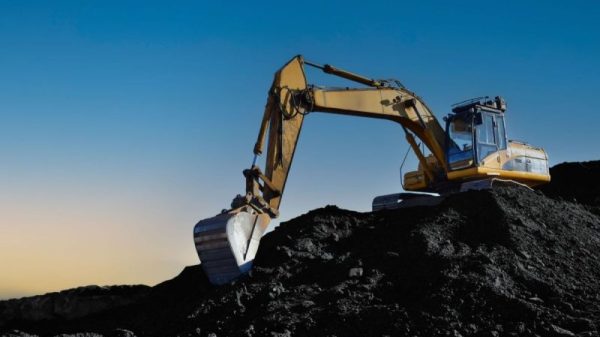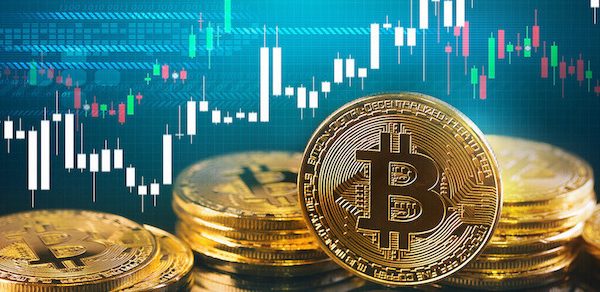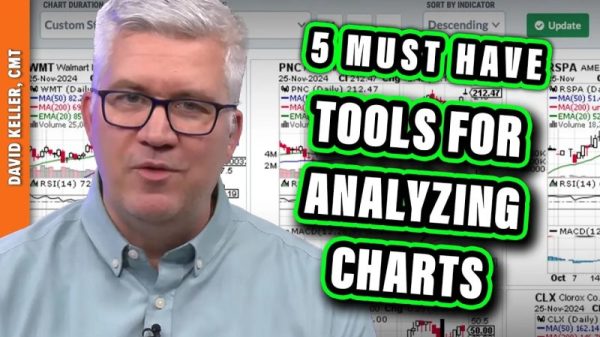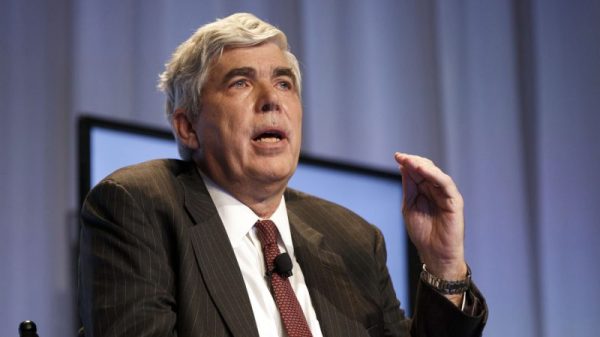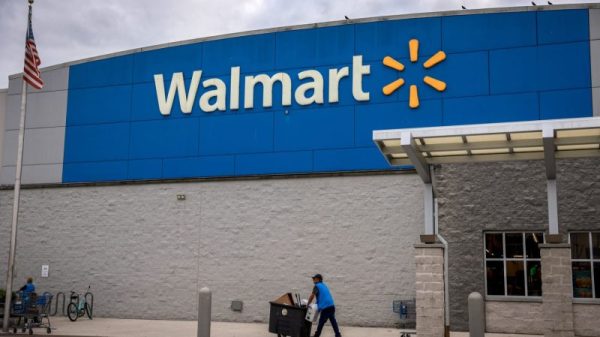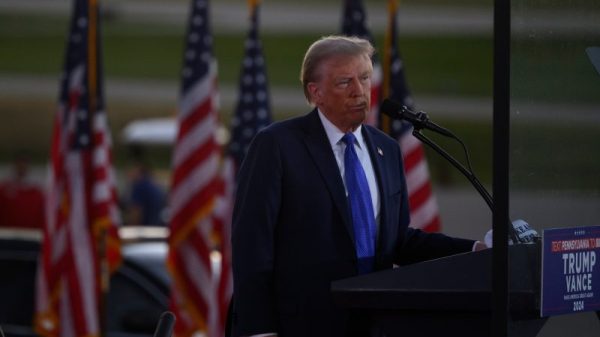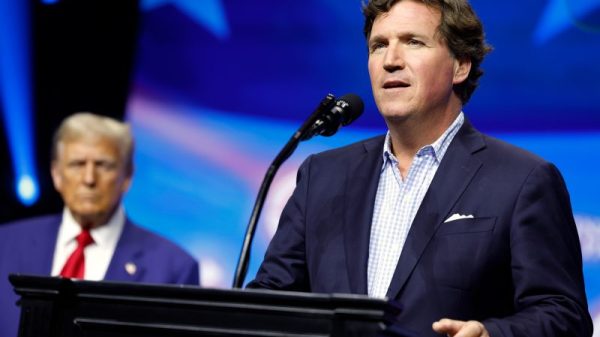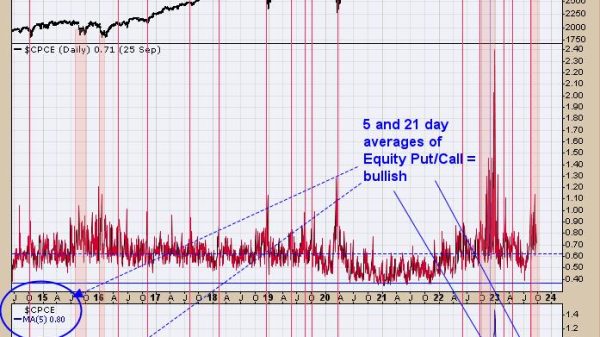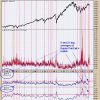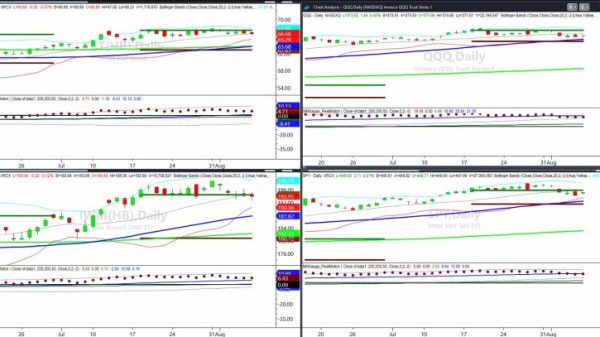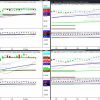The oil market faced volatility throughout the third quarter as increased supply and weak demand forced Brent and West Texas Intermediate (WTI) crude prices to contract over the three month session.
On the demand side, major economy China is facing lower manufacturing activity and a prolonged real estate downturn. At the same time, non-OPEC+ countries, including the US and Brazil, are expected to increase output.
Starting the quarter in the mid-US$80 per barrel range, both Brent and WTI experienced Q3 price highs early in the session, with Brent values rising to US$87.39 and prices for WTI hitting US$83.93.
For the rest of the quarter, downward pressure pushed prices into the US$70 range for Brent and US$60 for WTI.
By the end of September, Brent had shed 14.85 percent and WTI was down 16.14 percent.
On the natural gas side, robust supply kept price growth muted. However, gas used primarily to heat homes ended the quarter at US$2.92 per metric million British thermal units, up 18.22 percent from its July start position of US$2.47.
Some of the constricted price growth was the result of Europe implementing successful natural gas storage strategies to reduce winter supply concerns, while the US benefited from high inventory levels and lower cooling demands.
Even though the natural gas market fared slightly better in Q3, a quarterly energy survey from the Dallas Federal Reserve Bank identifies global uncertainty as the prevailing trend impacting both the oil and natural industries.
‘Overall the key point from the survey is that oil and gas activity edged lower in the third quarter as outlooks dim and uncertainty grows,’ Kunal Patel, senior business economist at the Dallas Fed, said during a webcast.
Oil market shaken as investors lose faith
Uncertainty took many shapes in the third quarter, for the oil segment it materialized as shifting sentiment.
“In early September, for the first time on record, the net position of hedge funds on the ICE exchange turned short from long. Oil demand from China is decelerating, but OPEC+ remains committed to hiking its output from December onward; the cartel’s unity is teetering, with Angola having left in January, the UAE fighting for a higher oil quota, and other members exceeding their allowed production levels,” he said.
Tense geopolitical dynamics as the Ukraine war continues and relations deteriorate in the Middle East paired with the looming US election further fueled uncertainty, factors that usually add tailwinds to the oil market.
However, surplus supply concerns outweighed any support during the third quarter. Prices dipped to a year-to-date low on September 10, touching US$69.21 (Brent), and US$65.69 (WTI).
All eyes on America for oil outlook
For Phoenix Capital CEO Adam Ferrari the weak oil prices may be indicative of larger trouble.
suppressed Q3 price movement coincided with a decline in the US’ red hot mergers and acquisitions segment, which registered its first quarterly decline after six consecutive periods of growth.
Between July and the end of September the US energy sector saw US$12 billion in M&A deals, a quarter-over-quarter drop from Q2’s US$54 billion, but still historically high.
“2024 was a big year for mergers and acquisitions—consolidation across the sector is at an all-time high. Prices softened in Q3, and we saw the US rig count dip. Producers here are moving cautiously, likely waiting to see what happens with the election,” Ferrari said.
Regardless of the short term turbulence, Ferrari and the Phoenix Capital team are optimistic about the market’s long term fundamentals.
“We’re still bullish on crude oil for the next two to five years,” he said. “ Global demand continues to surprise on the upside, even as many developed nations try to reduce their reliance on oil. The reality is, oil isn’t easily replaced, so worldwide demand keeps rising.”
Aside from the US economic outlook, Ferrari pointed to geopolitical strife as an ever present current in the market.
“Geopolitics are always part of the equation for oil,” he said. “The Middle East is crucial for global supply, and any political instability or potential military conflict there tends to push prices up. It’s about risk—there’s always a premium on oil because of that underlying geopolitical uncertainty.”
US natural gas prices inch higher in Q3
US natural gas prices held in the US$2.15 to US$2.92 range through most of Q3, despite slipping to a quarterly low of US$1.89 at the end of July.
“As is generally the case, US natural gas prices were largely influenced by domestic developments,” said FocusEconomics’ Cunningham, noting that Q3 values fell by US$0.10 on average quarter-on-quarter.
“Prices sank in July due to a combination of extremely high inventories and the closure of Freeport, a major LNG export terminal; however, since then, they have trended upward, aided by a hot summer, decelerating production amid a record-low gas rig count and the reopening of the Freeport LNG terminal,” he added.
These trends were further evidenced in the Dallas Fed’s survey, which notes, “the natural gas production index declined from 2.3 to -13.3, suggesting natural gas production decreased in the quarter.”
A Q3 reduction in natural gas output isn’t likely to push prices higher in the near term, according to Ferrari.
“In Q3, the story was all about supply. The US is sitting on an abundance of natural gas, and that’s keeping a lid on prices,” he said. ‘That said, the ongoing shift toward natural gas for power generation is a long-term positive. US producers have also been able to lock in higher prices through the futures market, allowing them to keep drilling.”
Global tensions keep natural gas prices on edge
Natural gas is also prone to geopolitical volatility, although less from the Middle East and more from in Ukraine.
“The impact on the US natural gas market from geopolitics is largely due to spillovers from the Asian and European natural gas markets; to fuel natural gas demand, these two regions rely heavily on LNG imports, including from the US. In particular focus is the war in Ukraine; Kyiv has refused to extend a gas-supply agreement with Russia — which remains a major supplier to Europe — beyond the end of this year,’ Cunningham explained.
Tensions will likely carry through as European countries are diversifying sources away from Russian gas after the country’s the invasion of Ukraine, leading to heightened reliance on LNG imports from the US and other allies.
Supply concerns have also been exacerbated by recent Middle Eastern conflicts, which are threatening key supply routes and adding price volatility. Additionally, export restrictions from countries like Norway have raised European energy security fears as winter demand nears.
What’s ahead for oil and gas in Q4?
When asked what oil market trends investors should watch through Q4 and into 2025, Cunningham pointed to the ongoing conflict.
“At the moment, the eye of most oil analysts is locked on the Iran-Israel conflict, with crude prices surging the most in over a year in the week to 4 October,” he said. “That said, traders will also be looking out for future OPEC+ meetings, along with economic data from China and monetary policy decisions by the U.S. Fed.”
On the gas side, the US reaction to the election is top of mind.
“In Q4 in the U.S., aside from the election, the weather will remain a key factor to watch; last winter was warm, supporting inventories and setting the stage for the relatively bearish market seen so far in 2024,” said Cunningham. “ A normal 2024/25 winter would help whittle down stocks to more typical levels, supporting a recovery in prices. In 2025, weather will remain key to track, along with geopolitics, U.S. economic growth and demand from Asia and Europe.”
The US election is also a main focus for Ferrari.
Q4 is all about the US presidential election. If Democrats take control of the House, Senate, and presidency, we could see U.S. oil supplies tighten, which would drive prices up. Beyond Q4, I’m focused on demand growth. People have been predicting a decline in oil demand for what feels like a decade, but aside from the COVID downturn, it just hasn’t happened. I don’t expect demand to soften for at least another 5 to 10 years,” he said.
When it comes to gas, he is taking a more long term view.
“I’m watching the long-term trend of shifting to more natural gas for power generation. If you look at grids that rely heavily on renewables, like California’s, power prices are significantly higher compared to states like Florida that use more natural gas. California’s power prices are double Florida’s, largely due to their renewable energy reliance,” said Ferrari.
Securities Disclosure: I, Georgia Williams, hold no direct investment interest in any company mentioned in this article.




